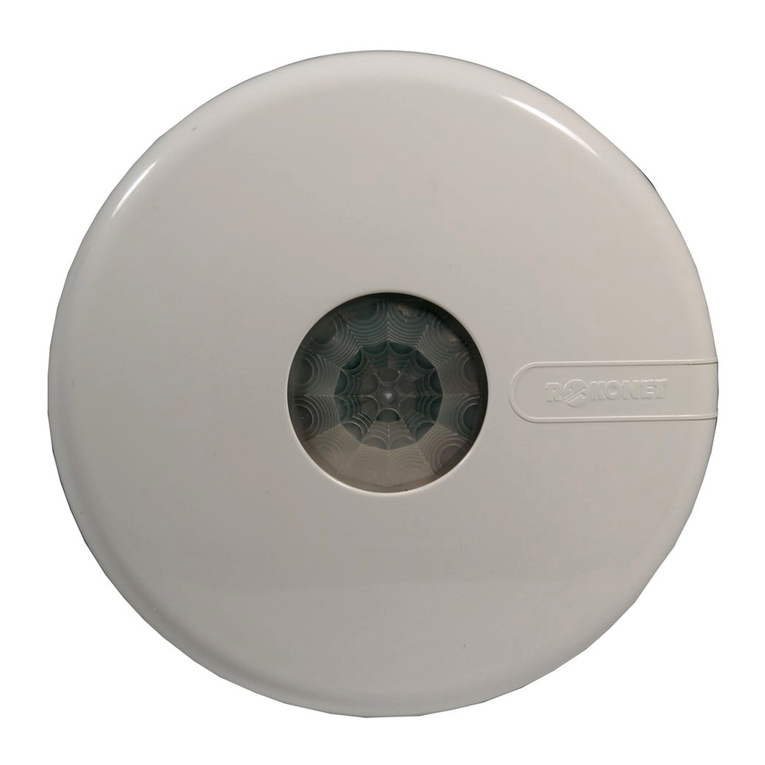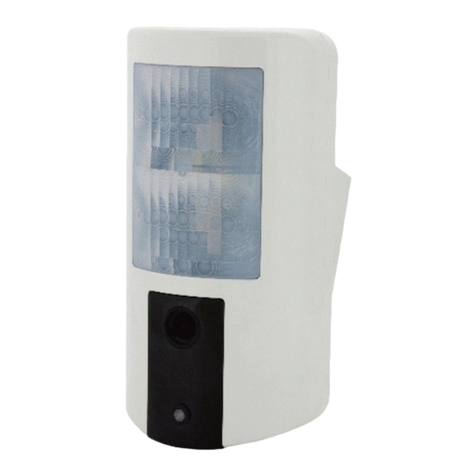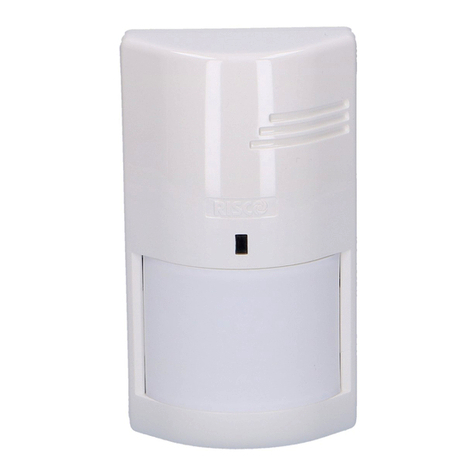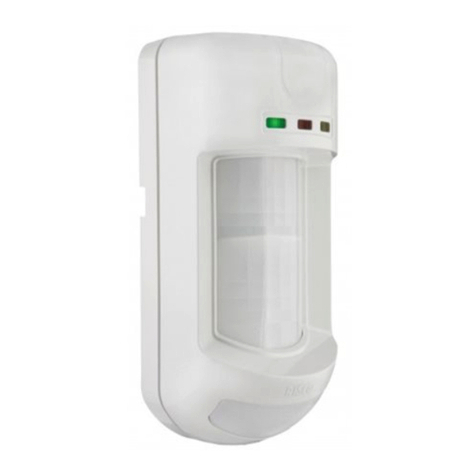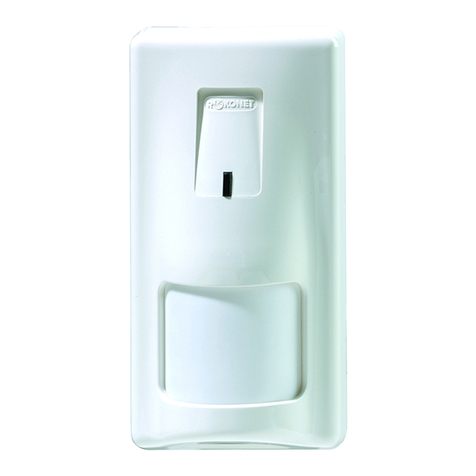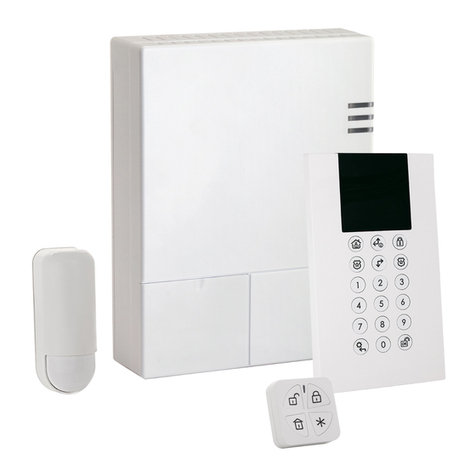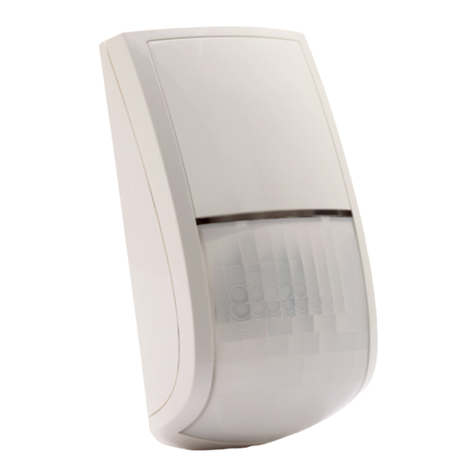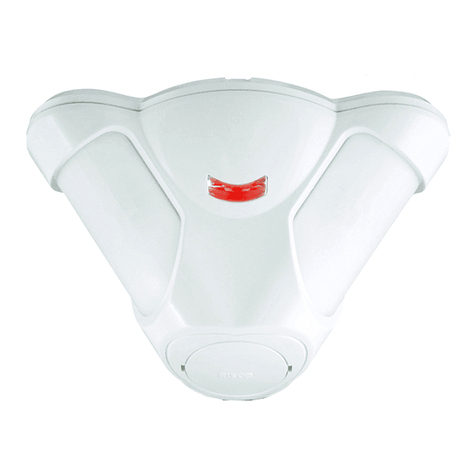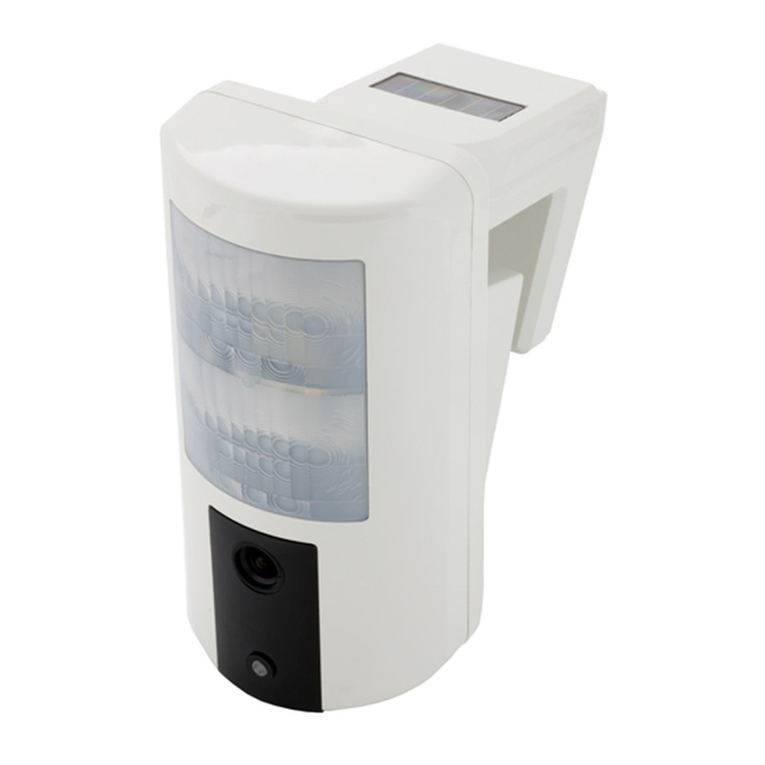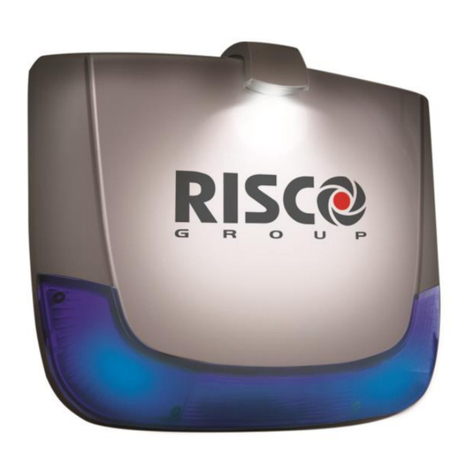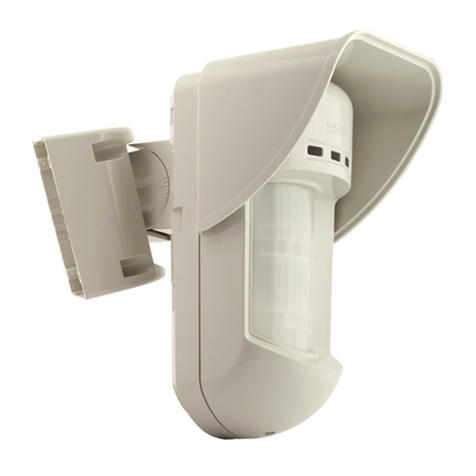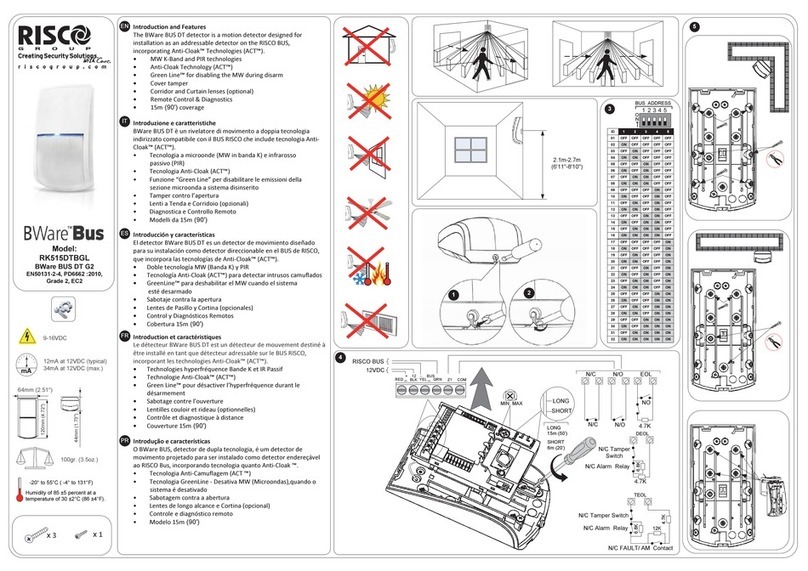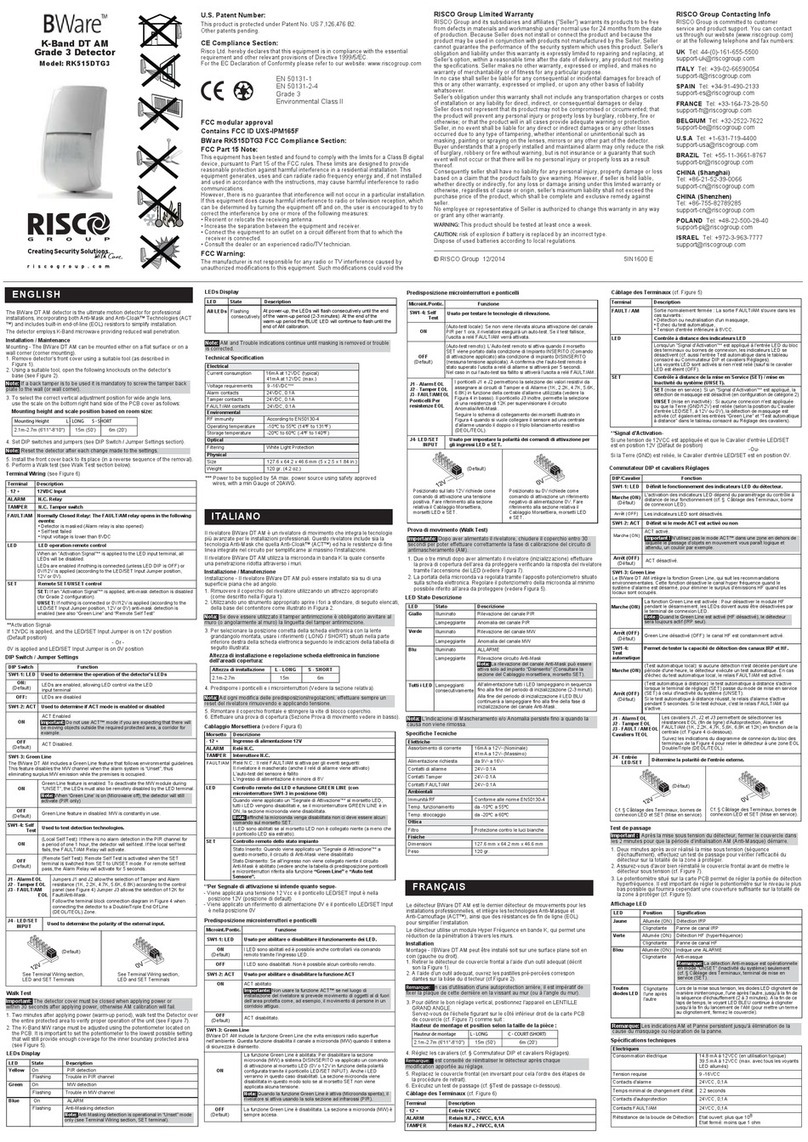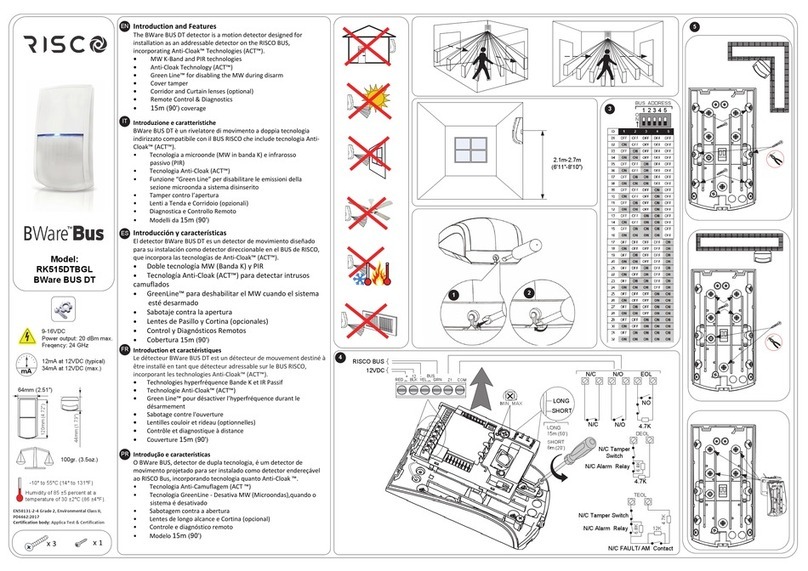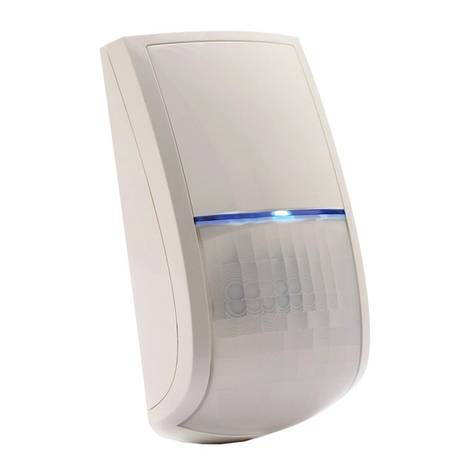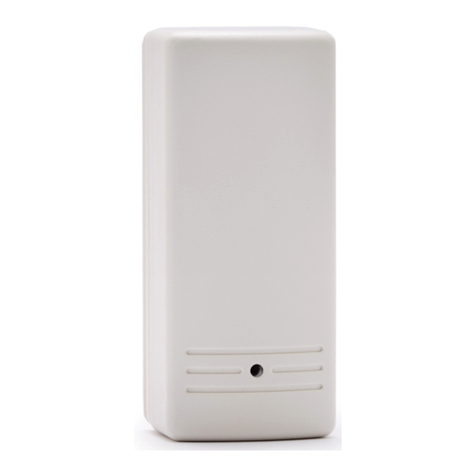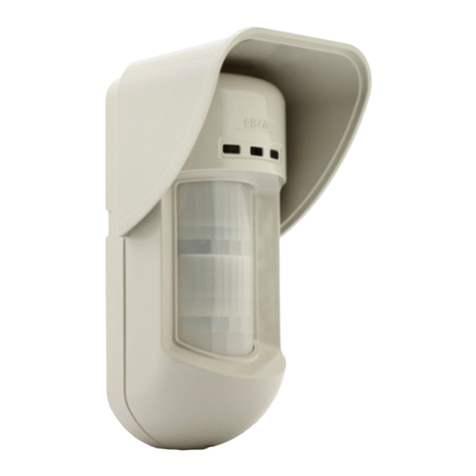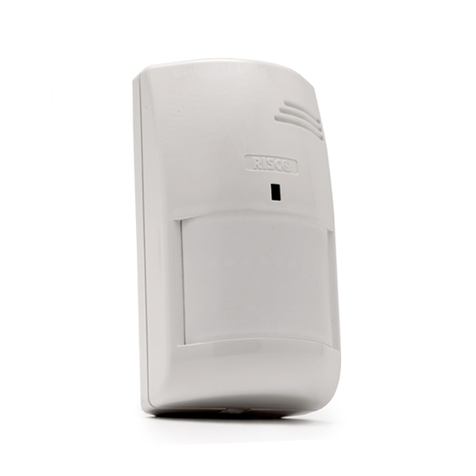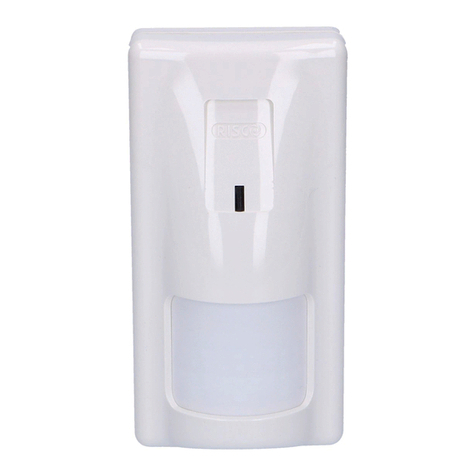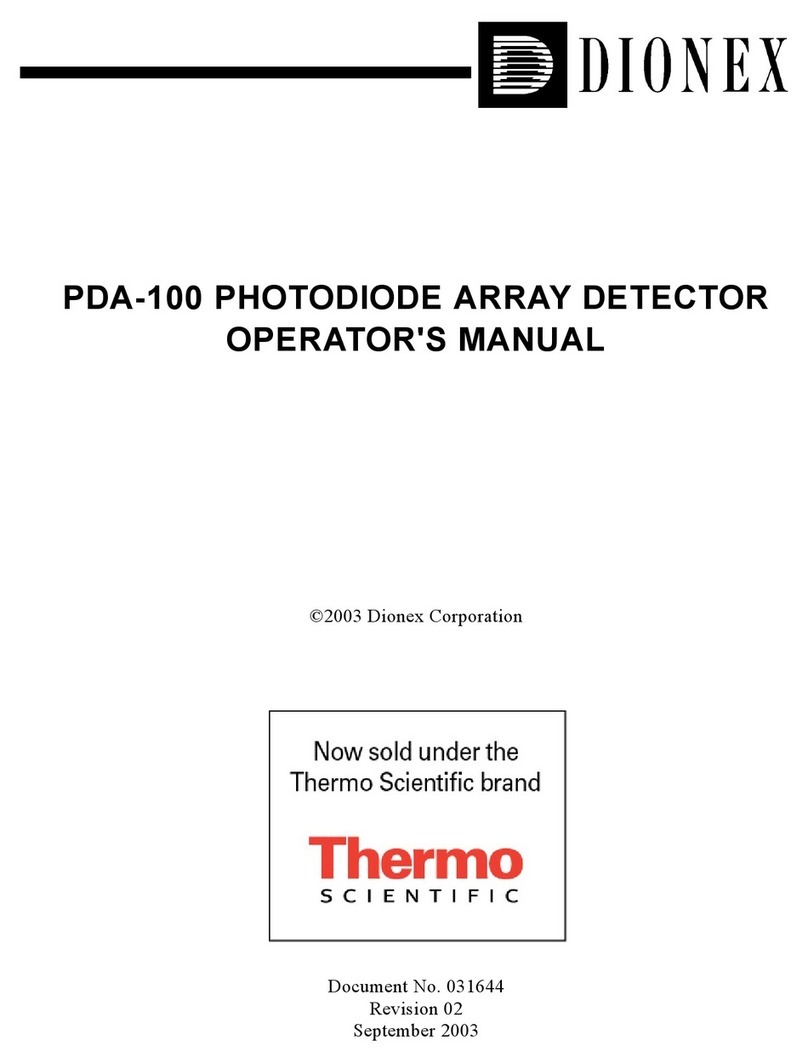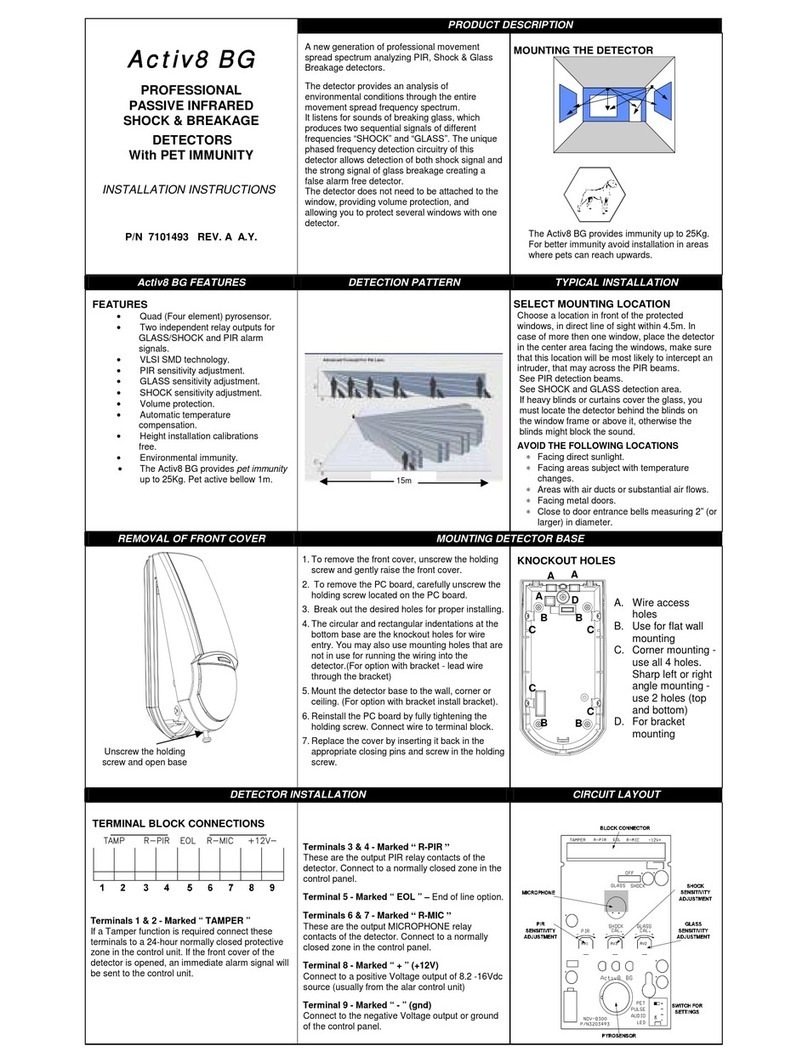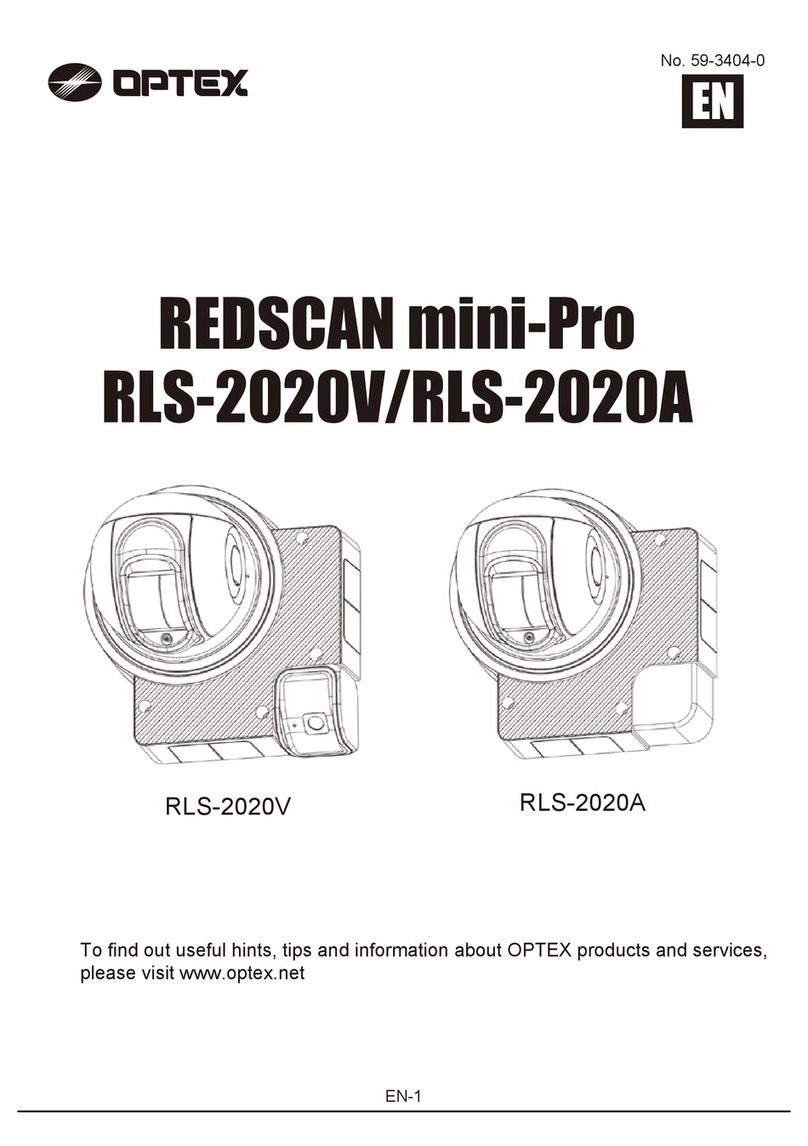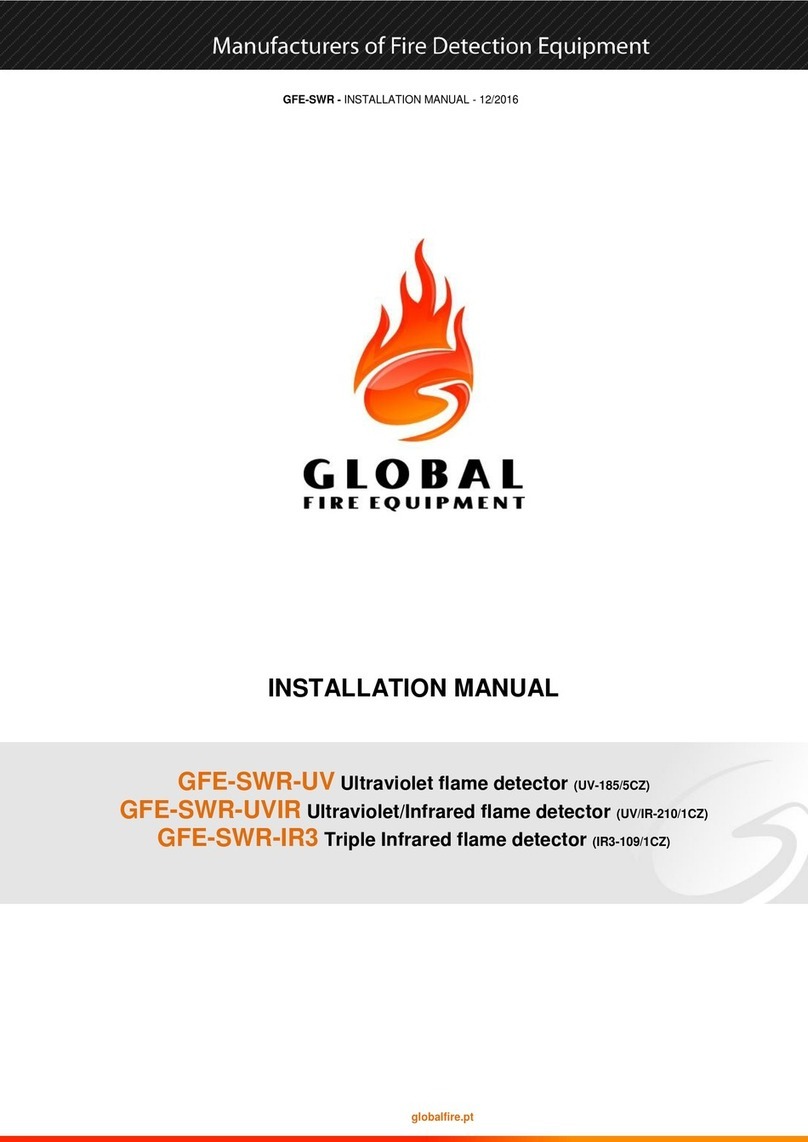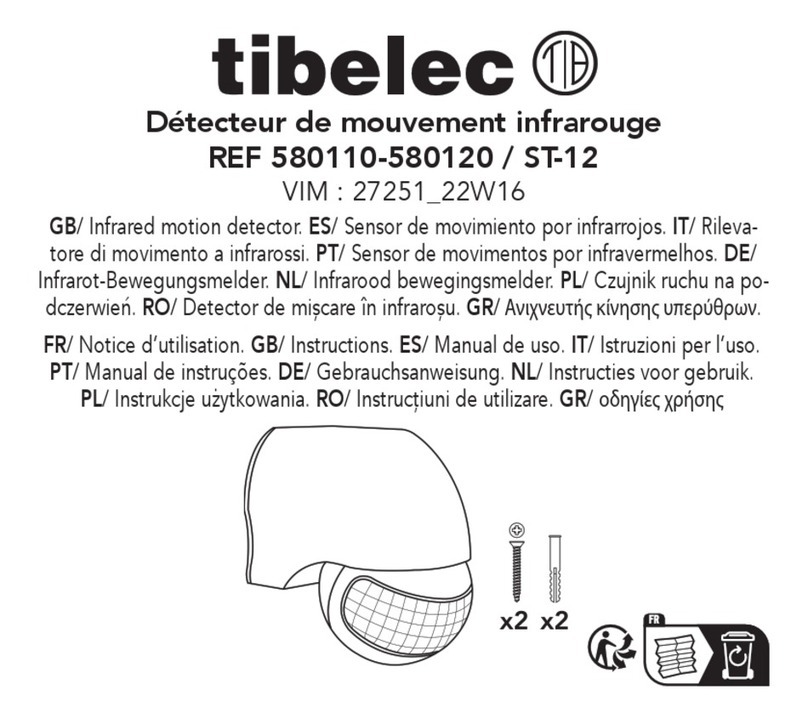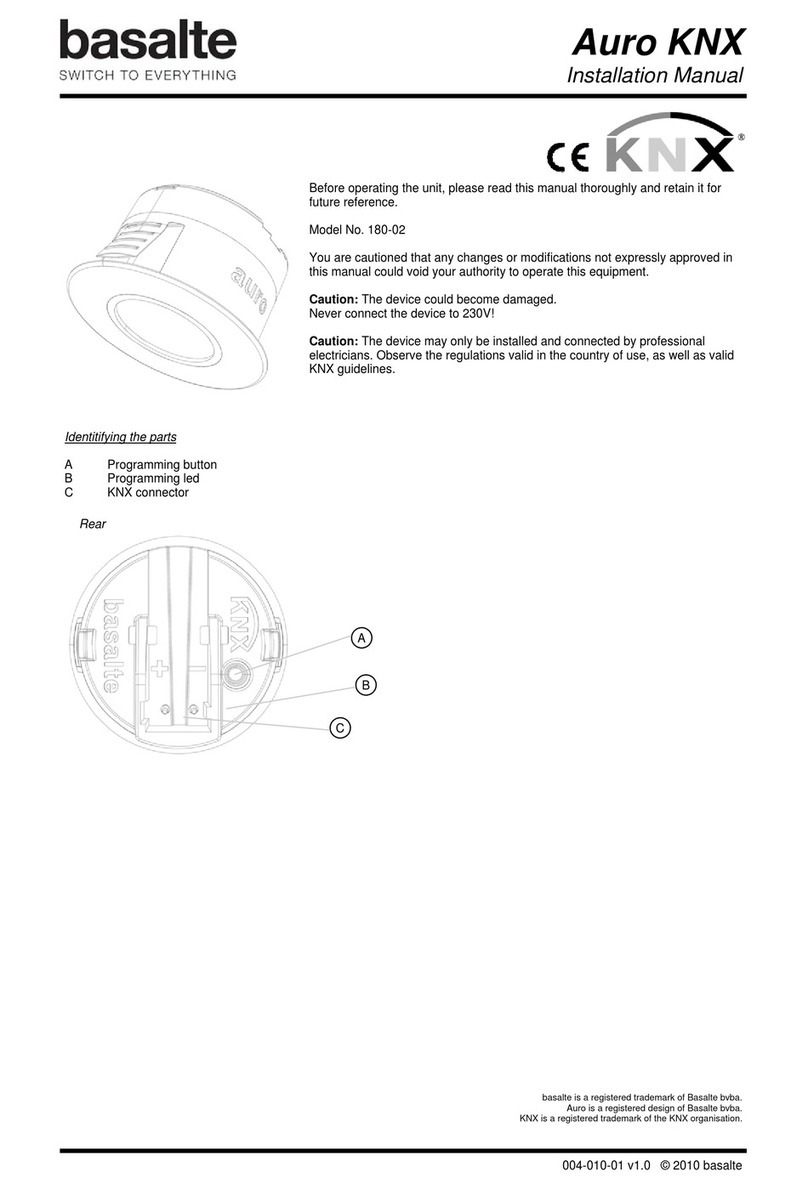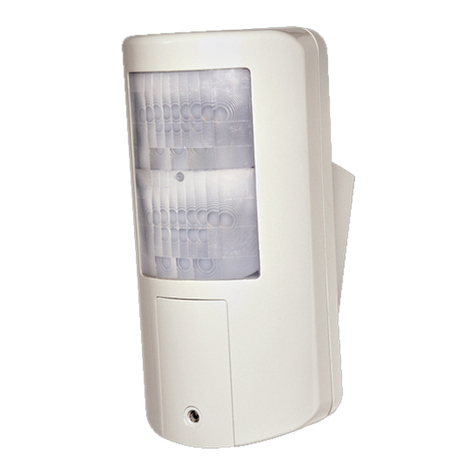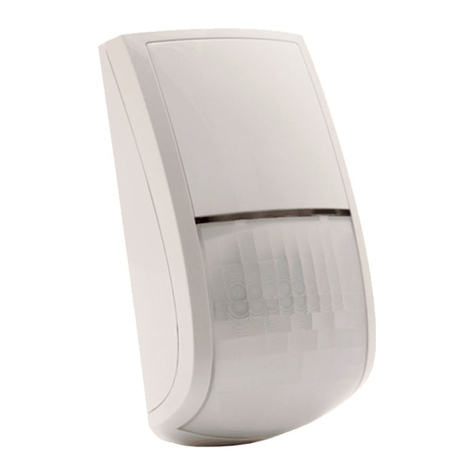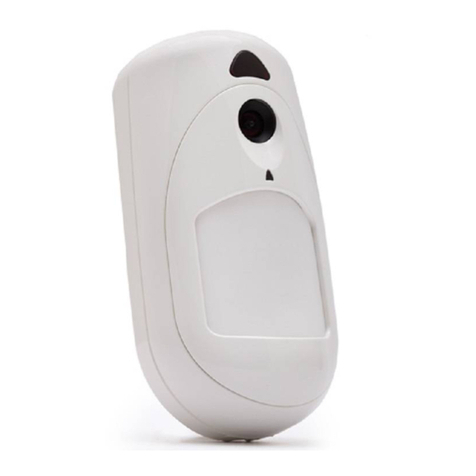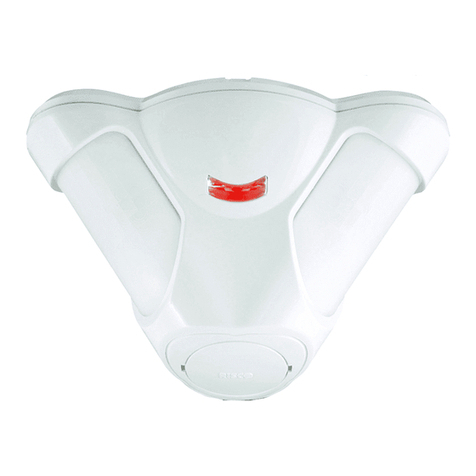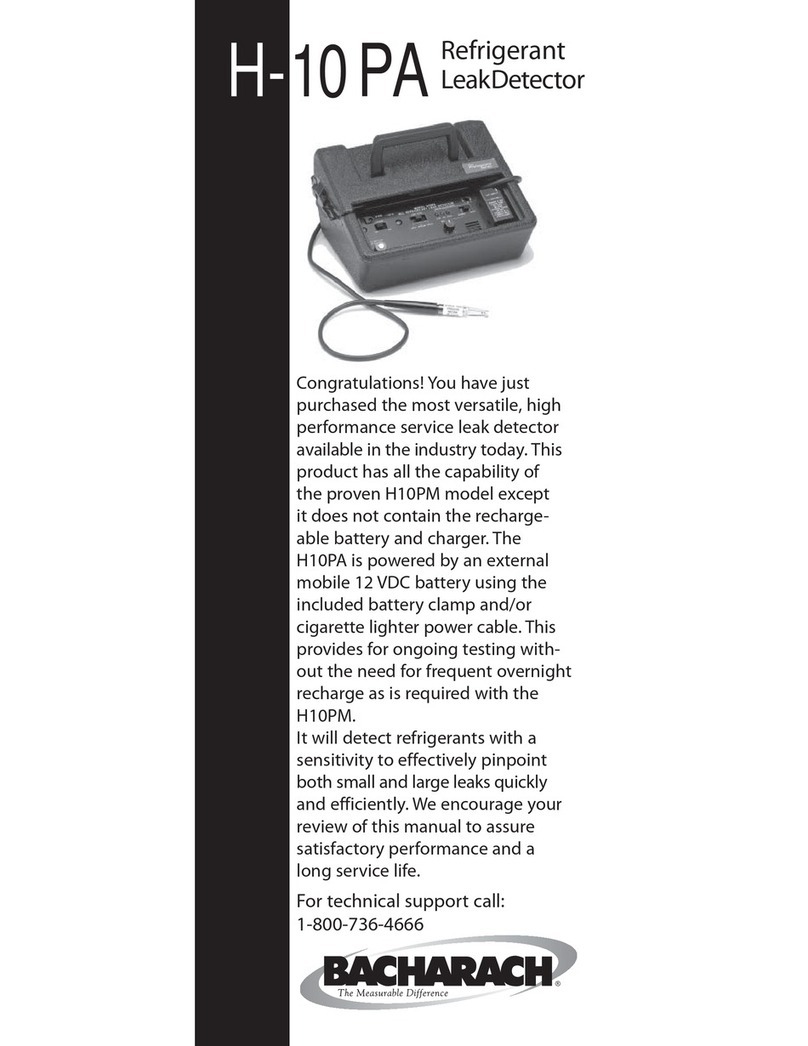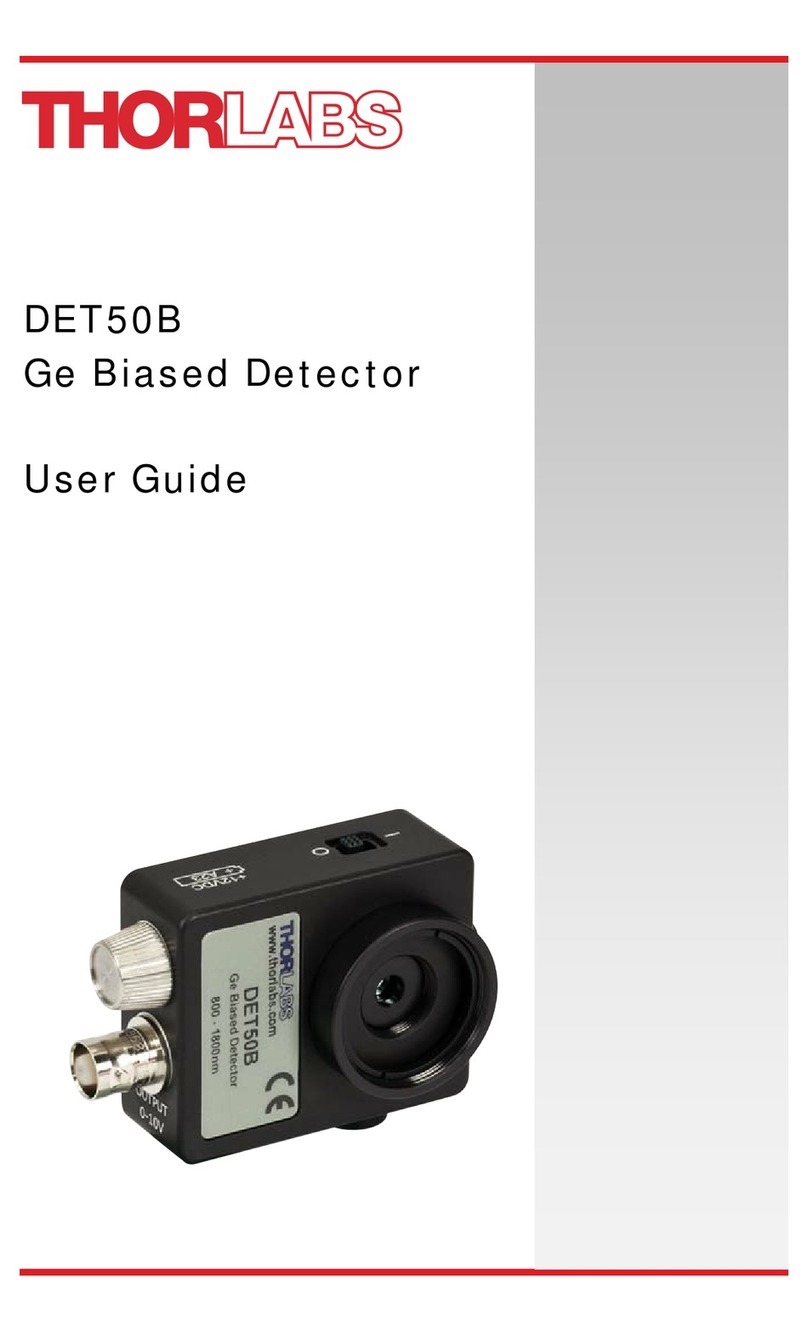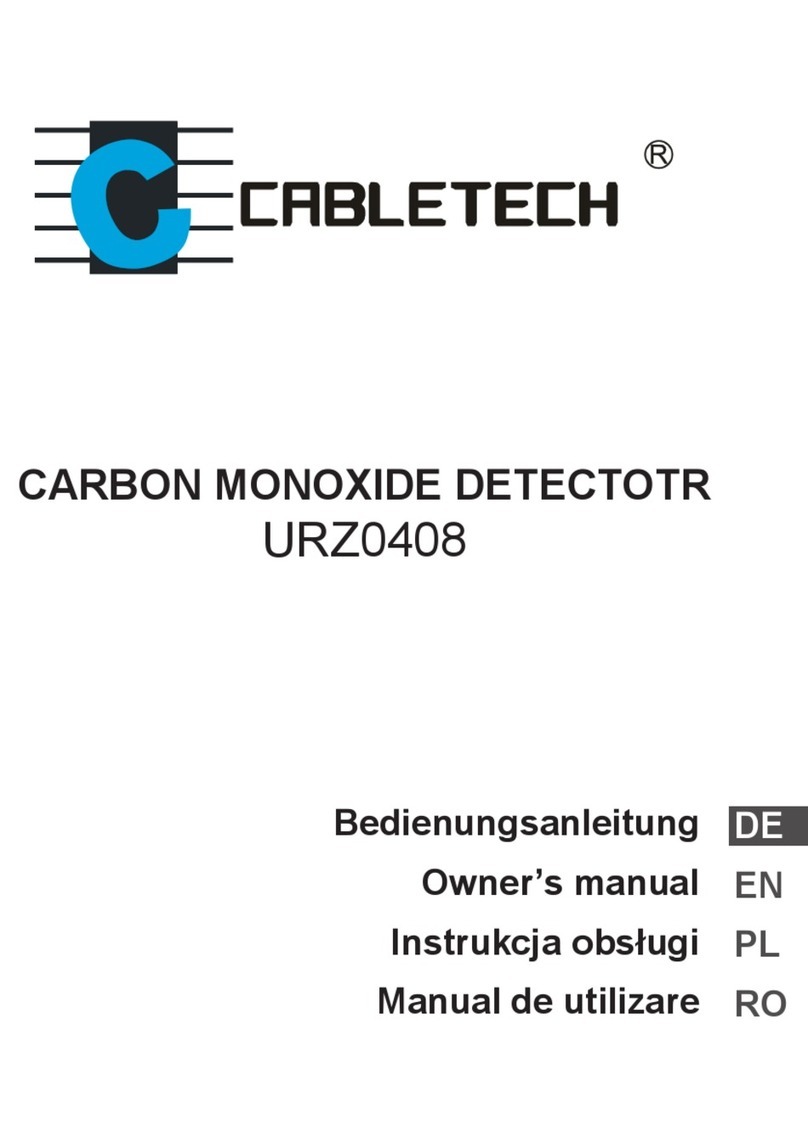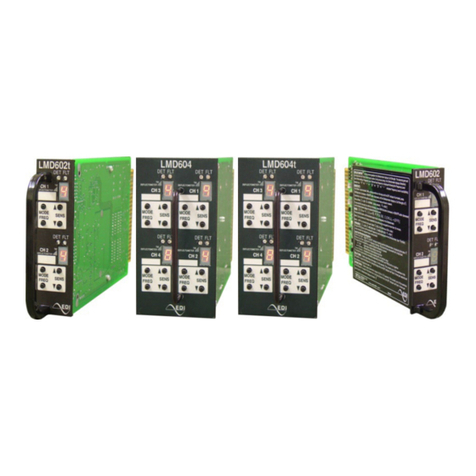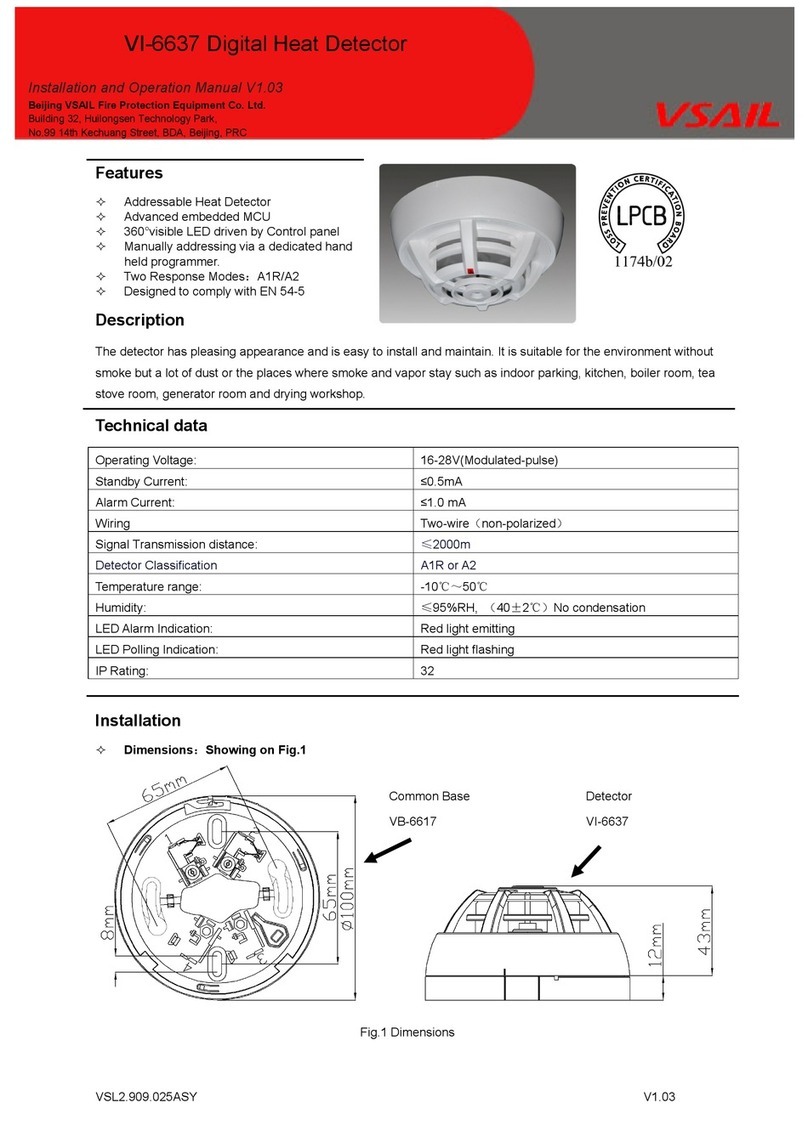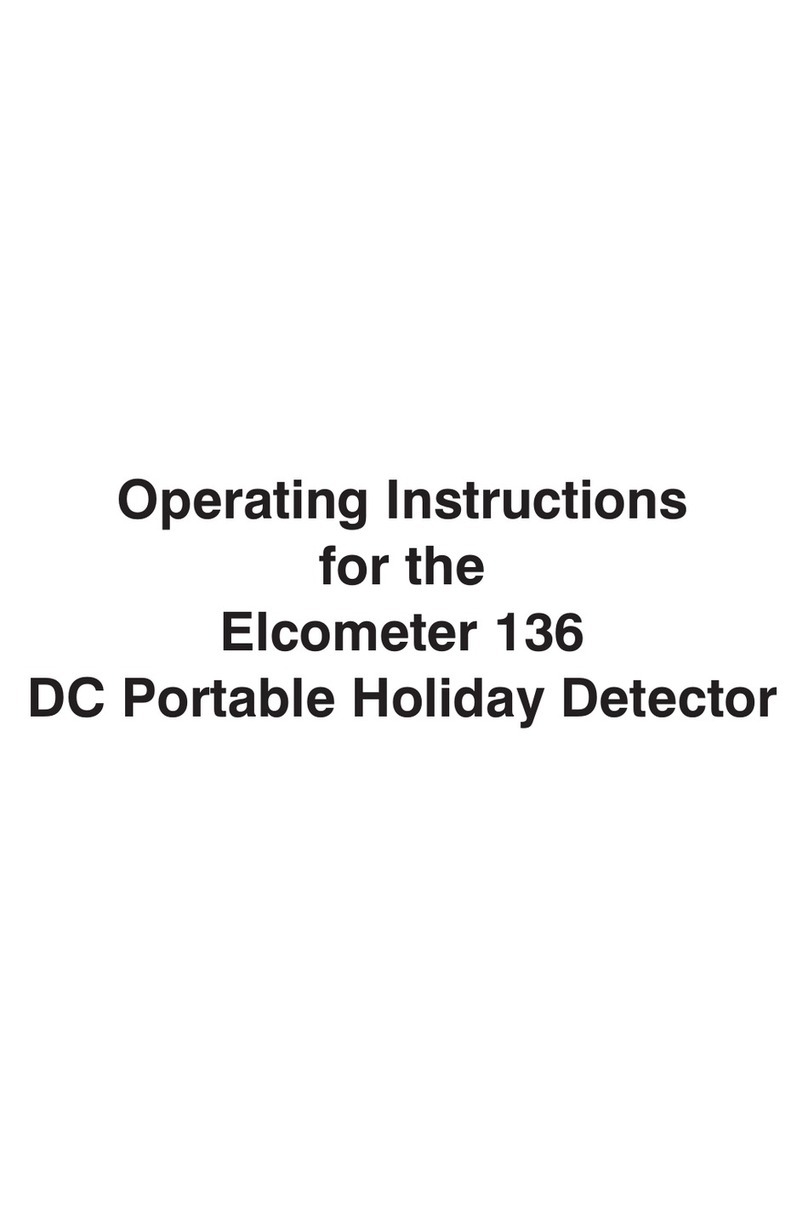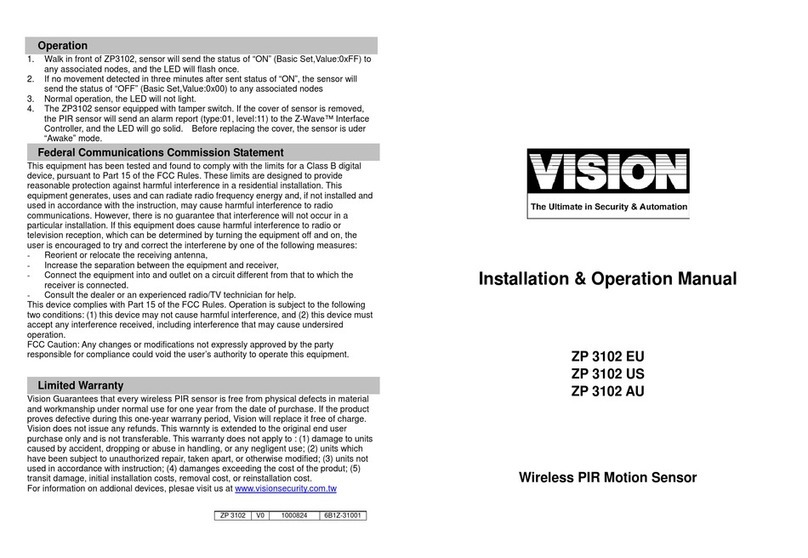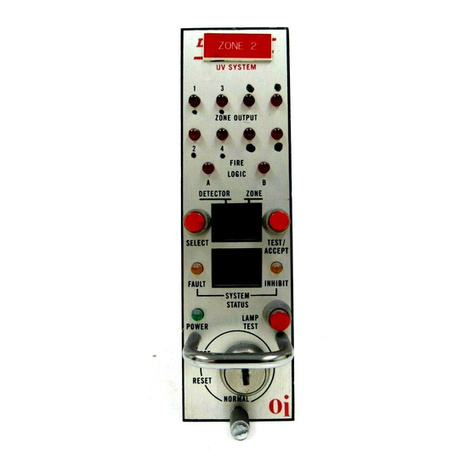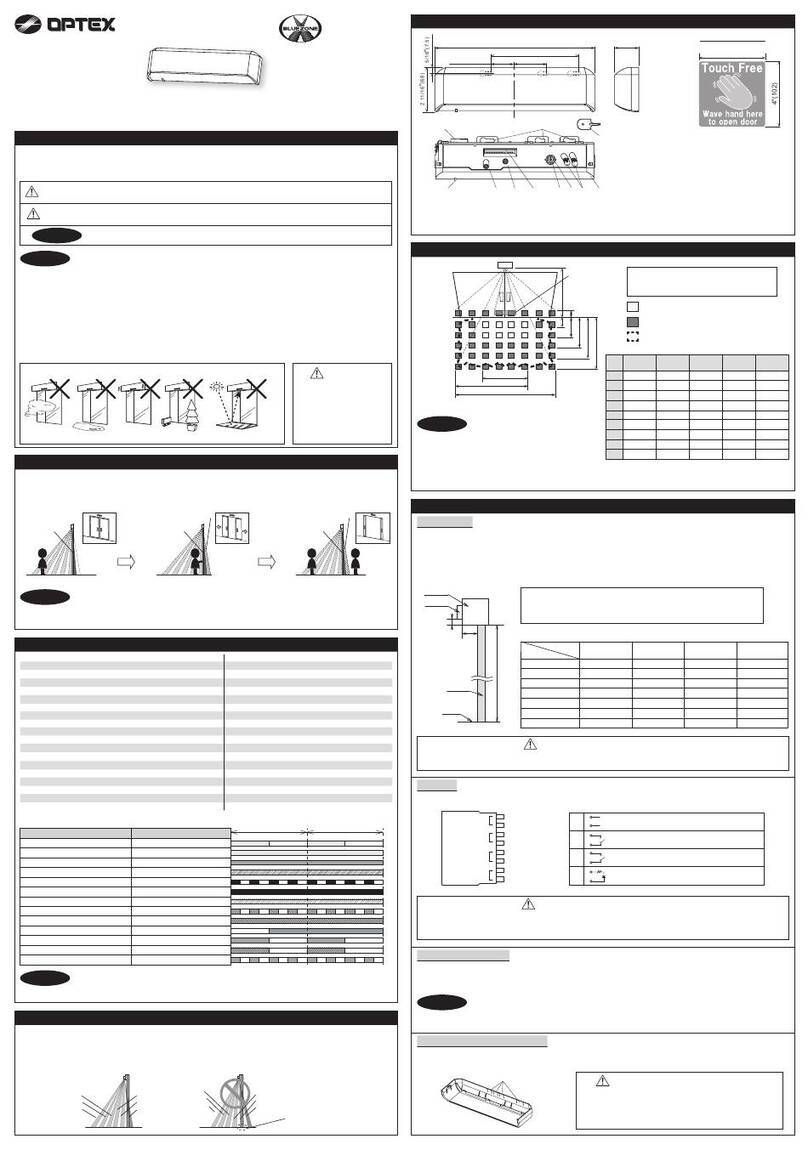Page 1
iWISE QUADSEQ Grade 3
The iWISE QUADSEQ Grade 3 is designed to meet DD243 requirements for sequential
confirmation and also meet PD6662, EN 50131-1 and EN50131-2-2 Grade 3 requirements.
The iWISE QUADSEQ Grade 3 includes built - in Triple EOL resistors for installation
simplicity, and active IR anti-masking for reliable detection of masking attempts.
iWISE QUADSEQ Grade 3 Main Features
iWISE QUADSEQ Grade 3
Installation Instructions
xPD6662, EN50131-1, EN50131-2-2 Grade 3
xTwo PIR Detectors in a single housing with separate alarm outputs
xTwo non-overlapping coverage patterns
xCoverage 12m
xActive IR Anti-Mask (up to 15cm)
xBuilt-in Triple EOL resistors, jumper selectable
xWall and Cover tampers
xOpto - relays for low current consumption and long life time
xRemote and Local Self Test
xLED control input
xLED control polarity Jumpers
x3 LEDs for easy walk test
xTrue Temperature Compensation
xWall tamper proof swivel (optional)
Principle of Operation 3D Image of the Application
The unit contains two independent detectors in a single housing. When
mounted in the corner of a room, one detector covers the two walls
(side area), while the second detector covers the center of the room.
When an intruder enters the room via a door or window, the side area
triggers. When the intruder then moves to the center of the room, the
second detector triggers, providing a sequentially confirmed alarm.
Installation Considerations
xBefore installing, study the space to be protected carefully in order to
choose the exact location of the unit for the best possible coverage.
xCorner installation is recommended. The detection side areas
(which are two curtain zones at 80° to each other), should cover the
room walls, and therefore any vulnerable doors and windows.
xThe additional internal PIR detector covers the center area of the
room. Recommended mounting height is 2.4m.
xAvoid installations where rotating machines (e.g. fans) are normally
in operation within the coverage pattern. Do not mount the detector
in direct sunlight or near any heat sources. Point the unit away from
glass exposed to the outdoors and objects that may change
temperature rapidly.
xThe installation surface should be solid, smooth and vibration free.
Coverage
0m 2 4 6 8 10 12m
900
Top View
0m
2
4
6
8
2
4
6
8
Side Area
Center Area
Side Area
Side View - Center Area
0m 2 4 6 8 10 12m
0m
2
2.4m
Side View - Side Area
0m 2 4 6 8 10 12m
0m
2
2.4m
Page 2
Installation 8. Seal the remaining holes with a sealant compound.
9. Reinstall the PCB into its desired position.
10.Wire terminal (see Terminal Wiring section)
11.Set jumpers (see Jumper Settings section).
12.Install the front cover back to its place (in a reverse sequence of the
removal).
13.Reapply electrical power to the detector for correct AM calibration.
Recalibrate after every successive removal of cover.
14.Perform a Walk test (see Walk Test section).
Back Plate Knockouts
1. To open the front cover:
xTurn the front cover locking screw counter-
clockwise.
xInsert a screwdriver through the dedicated slot/s to
open the detector's front cover.
2. Loosen the PCB holding screw, located on the right
hand side of the PCB and slide the PCB down until the
screw reaches the widened opening. Lift the PCB up to
remove.
3. Mounting - iWISE QUADSEQ Grade 3can be mounted
either on a flat surface or on a wall corner (corner
mounting).
xUsing a suitable tool, open the following
knockouts on the detector’s base.
xA1, A2 and A3: External cables knockouts (open
out at least one wiring knockout)
xA4, A6, A9, A12, and A15: Wall mounting
knockouts
xWhen using a swivel adapter use the A4, A6, and
A15 openings to connect the detector to the
swivel adapter.
xA5 and A10: Right corner mounting knockouts
xA11 and, A14: Left corner mounting knockouts
Note:
The A7, A8 AND A13 knockouts are not to beused in this
configuration.
4. Use the base as a template for marking the installation
holes (mark through the mounting holes).
5. Put the base in a safe place, drill the required holes in
the surface or in the corner, and insert anchors (if
necessary).
6. Insert external cables through the cable hole/holes.
7. Mount the rear cover in its final location.
Range
Adjustment
Bolt Thread
A1 A2 A3
A6
A7
A8
A9
A10
A12
A11
A13
A4
A5
A15
A14
Back tamper
“Breakable” plate
PCB View Terminal Wiring/Outputs Activation
Tamper
Switch
Range
Adjustment
Screw
Terminal
Block
Active IR
Anti-Mask Receiver
FAULT/AM
TAMPER
-12+LED
ALARM
SIDE
LEDS
LONG
ALARM
Active IR
Anti-Mask Transmitter
Range Scale
Mark
ALARM
CENTER
TAMPER EOL
LED
INPUT
2.2K
1K
4.7K
5.6K
6.8K
LEDS
SIDE
FAULT/AM
CENTER
ALARM CENTER
ON
SENSITIVITY
HIGH LOW
0V
12K
SHORT
AM E.O.L
SELF TESTLOC REM
INT EXT
CONF
12V
2.2K
1K
4.7K
5.6K
6.8K
2.2K
1K
4.7K
5.6K
6.8K
NONE
OFF
SIDE
TAMPER
(upper) EOL
FAULT/AMTAMPER
12VDC
LED
ALARM
SIDE ALARM
CENTER
+ -
Terminal Description
- 12 + 12VDC Input
ALARM
SIDE Normally closed output
ALARM
CENTER Normally closed output
TAMPER Normally closed output
FAULT/AM Normally closed output
The FAULT/AM output opens in the following events:
xDetector is masked (Alarm Side and Alarm Center
also open in this case)
xSelf test failed
xInput voltage is low (6VDC - 8VDC)
See LED INPUT jumper for settings
LED When an activation signal is applied to the LED input of the
terminal block, LEDs will be disabled (see also Self Test in
Jumper Settings table).
LEDs are enabled if nothing is connected (unless LED jumper
is OFF).
LED State Description
Yellow On Center Area PIR detection
Green On Side Area PIR detection
Red Flashing Fault / Anti Masking detection ***
All LEDs Flashing
(One after another) At Power - up, the LEDs will blink continuously, one after the other, untilthe end of the warm-up period(2-3 minutes).
At the end of power-up period the RED LED will continue to flash until the end of AM calibration.
Important: Always close the front cover prior to applying power, for correct AM calibration.
Notes:
* To enable LED indications, the LED jumper has to be in ON position and no signal is attached to the LED terminal.
** When an activation signal (see LED Activation jumper for settings) is applied to the LED input of the terminal block, LEDs will be disabled.
*** AM indication continues until masking is removed, and during power up AMcalibration.


